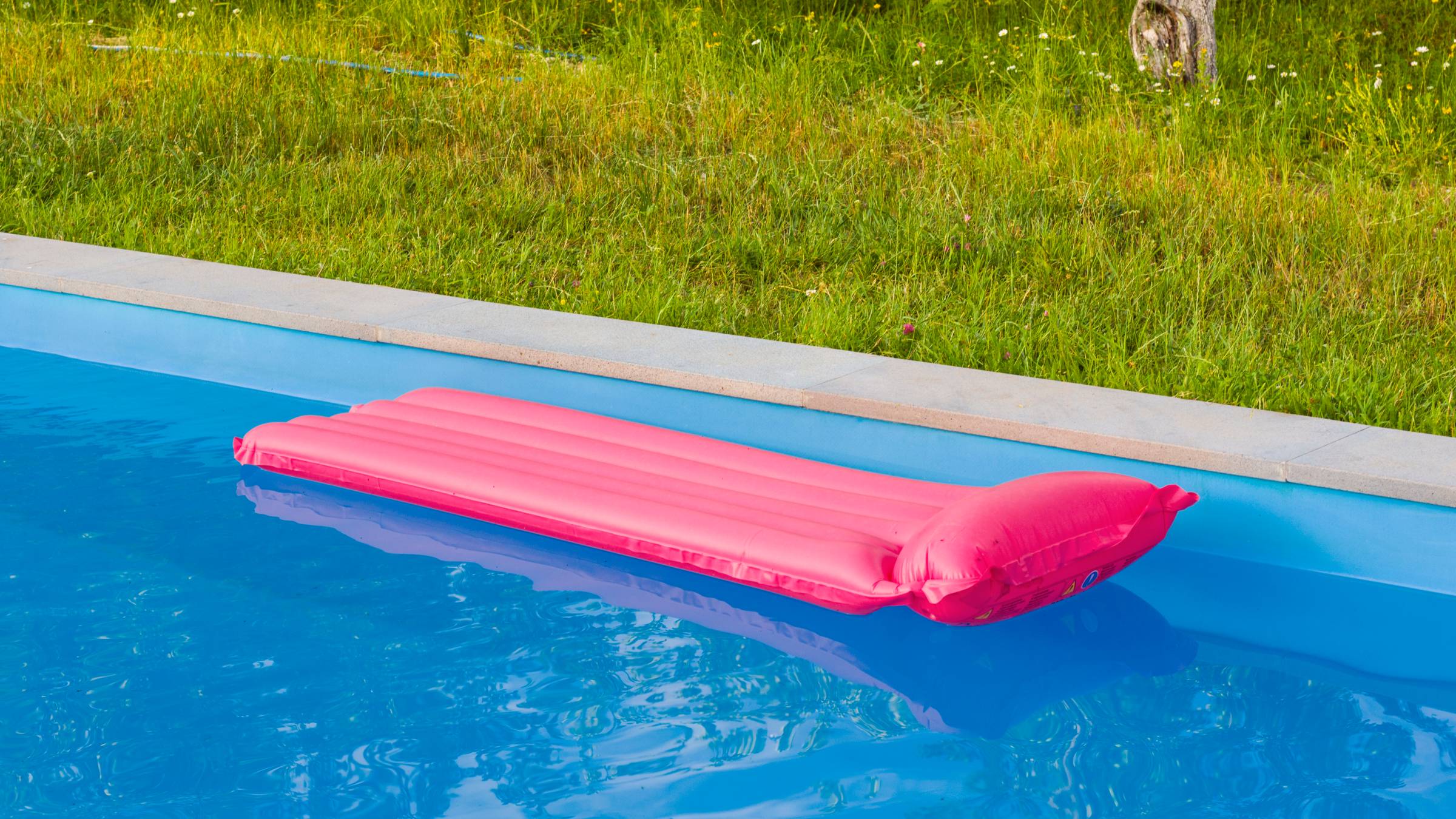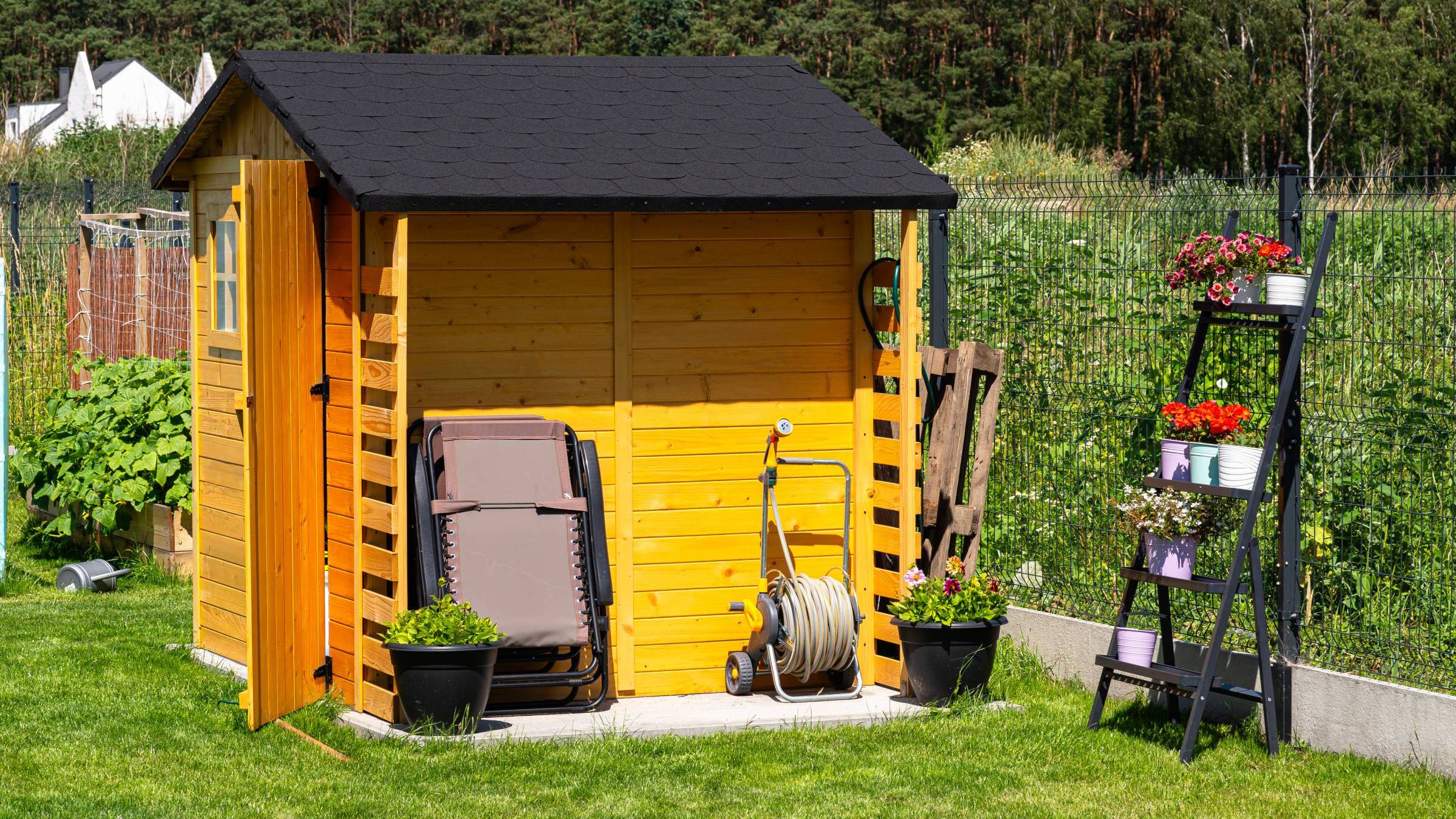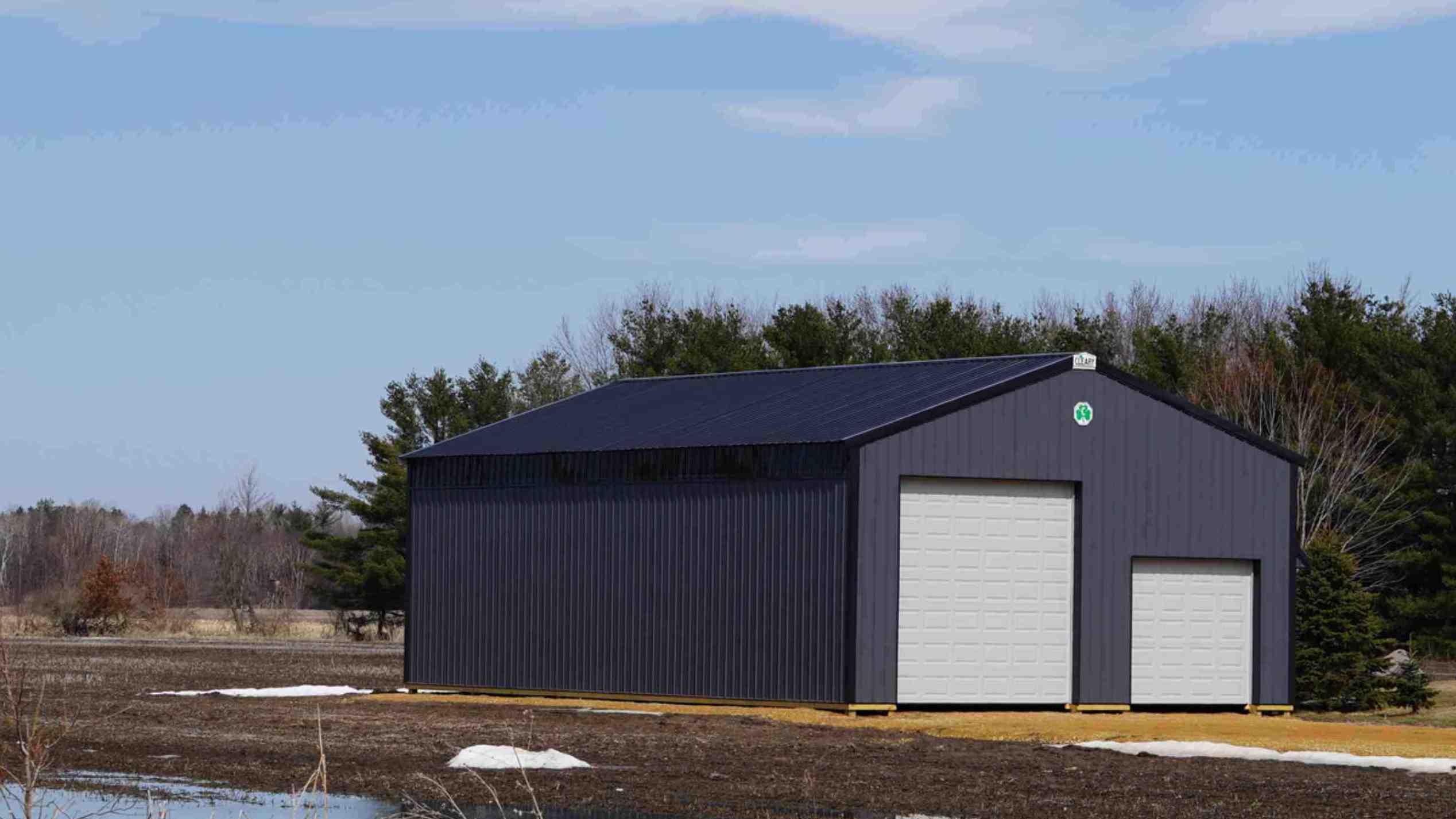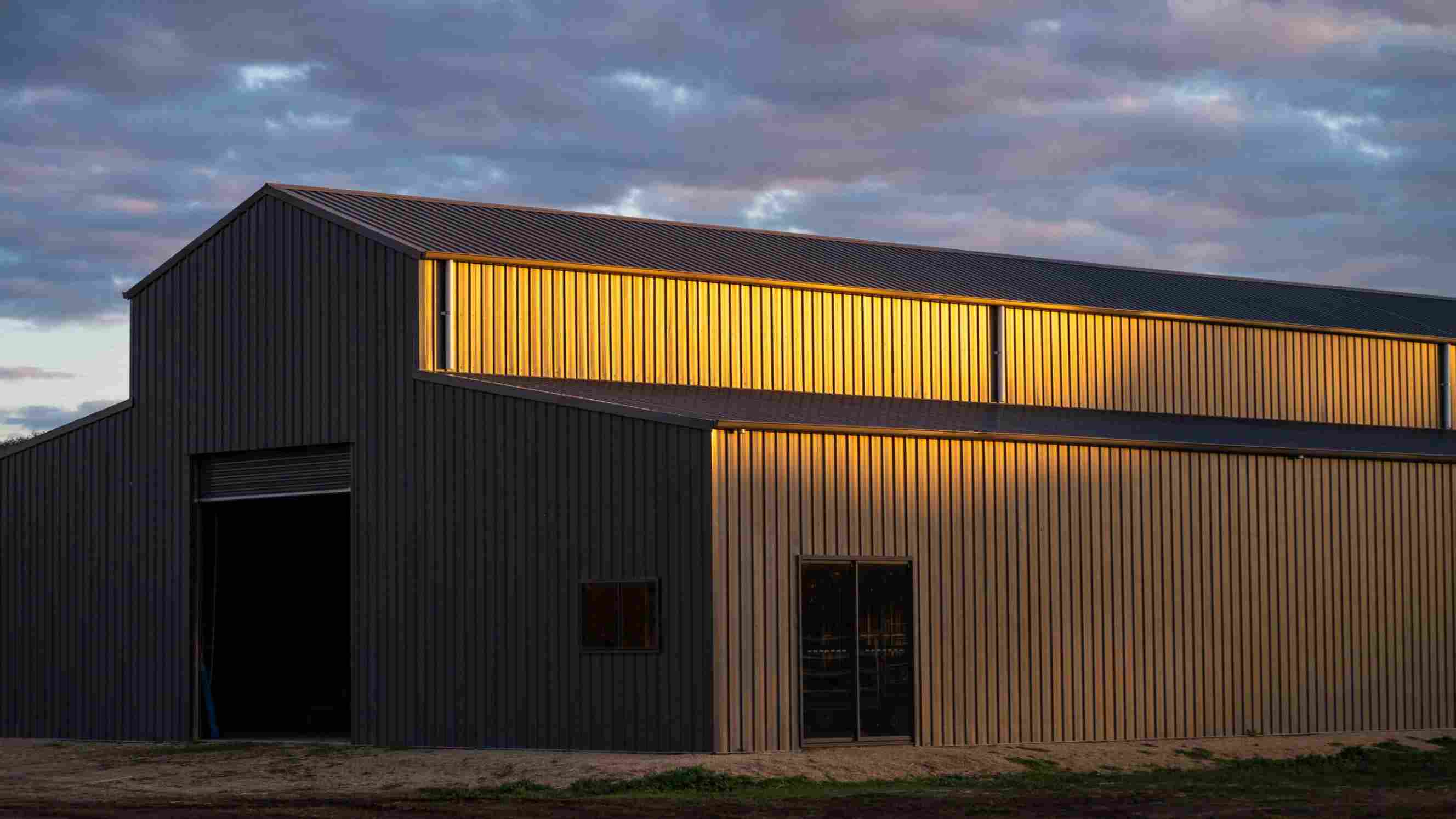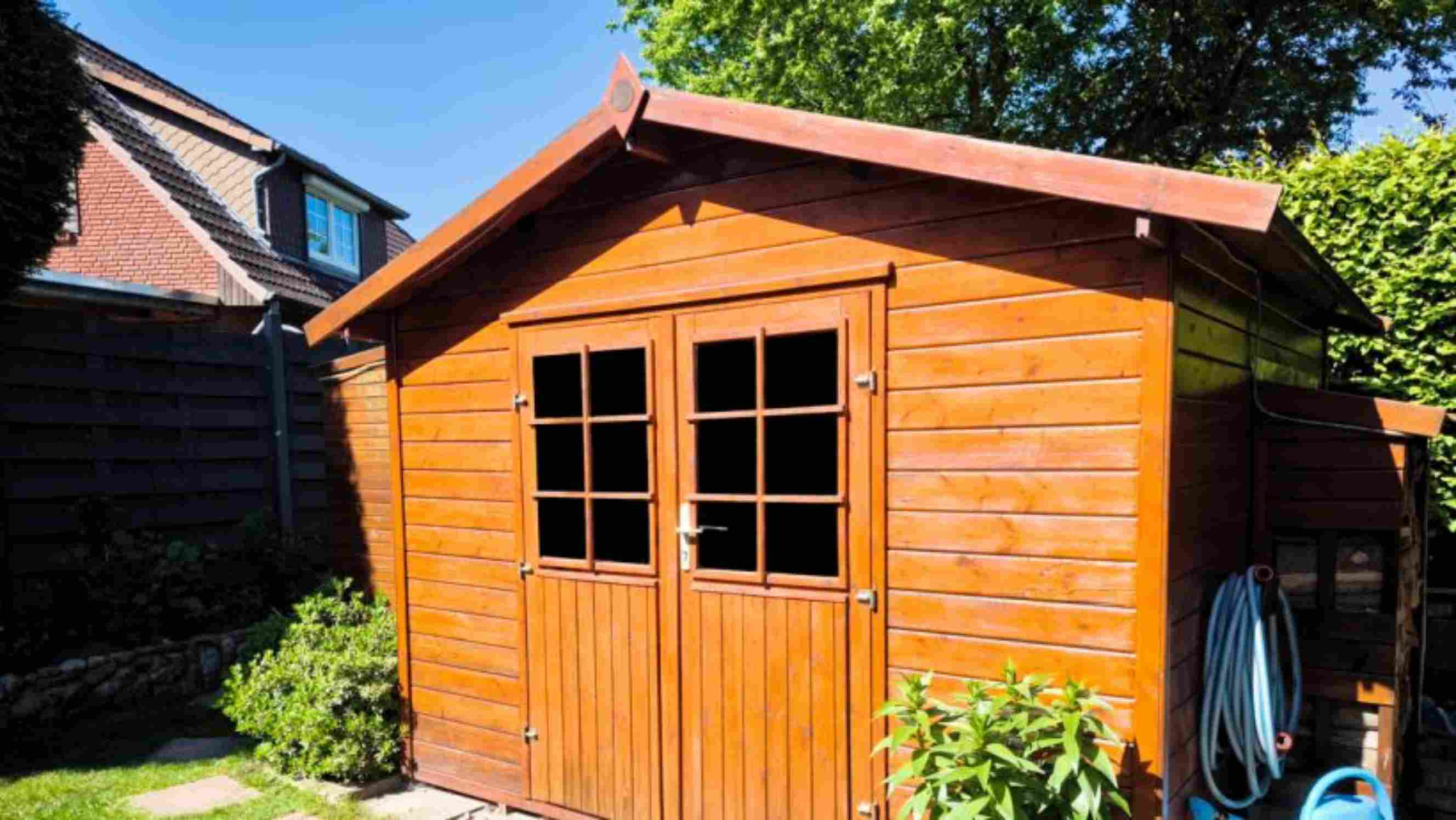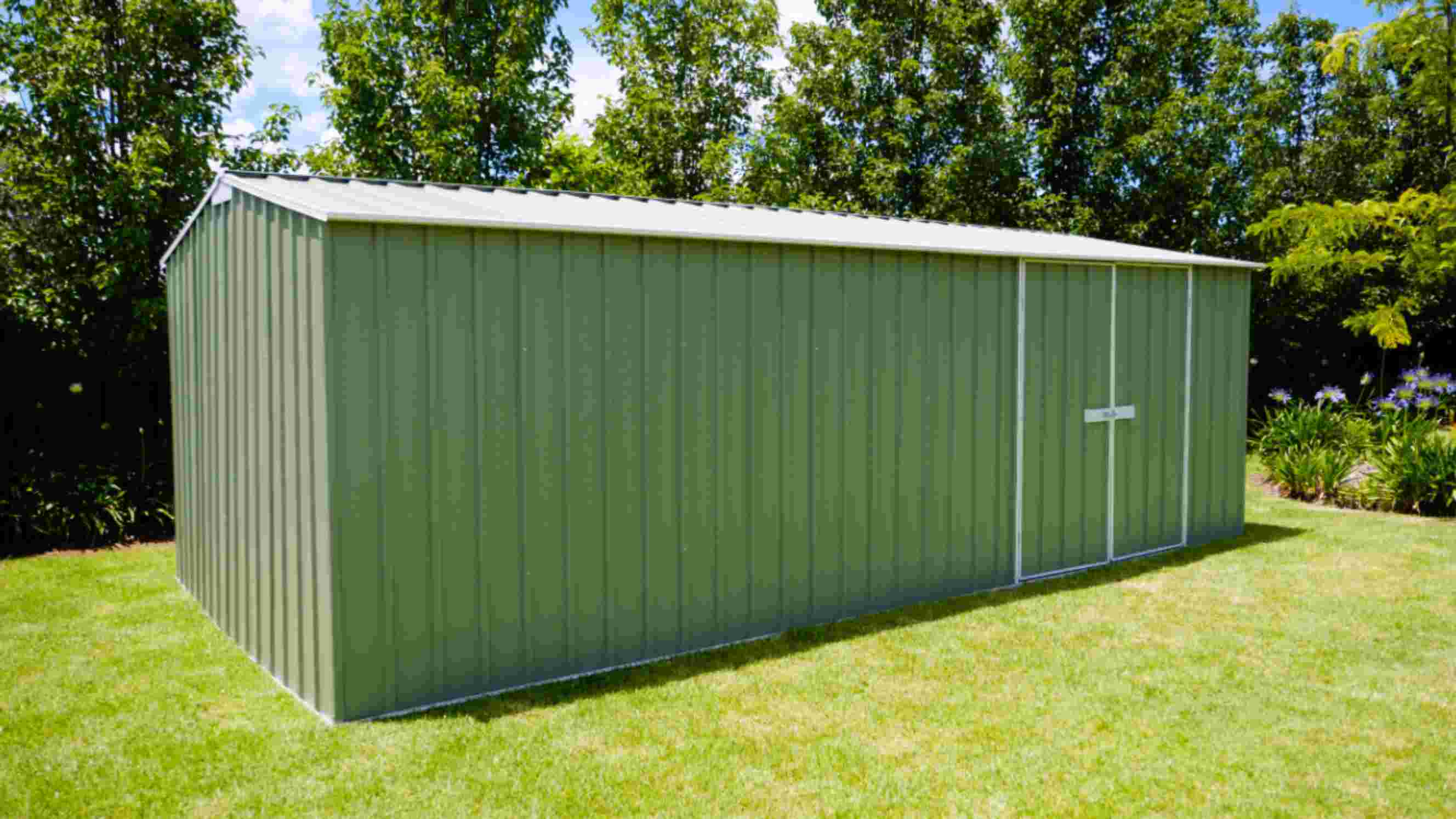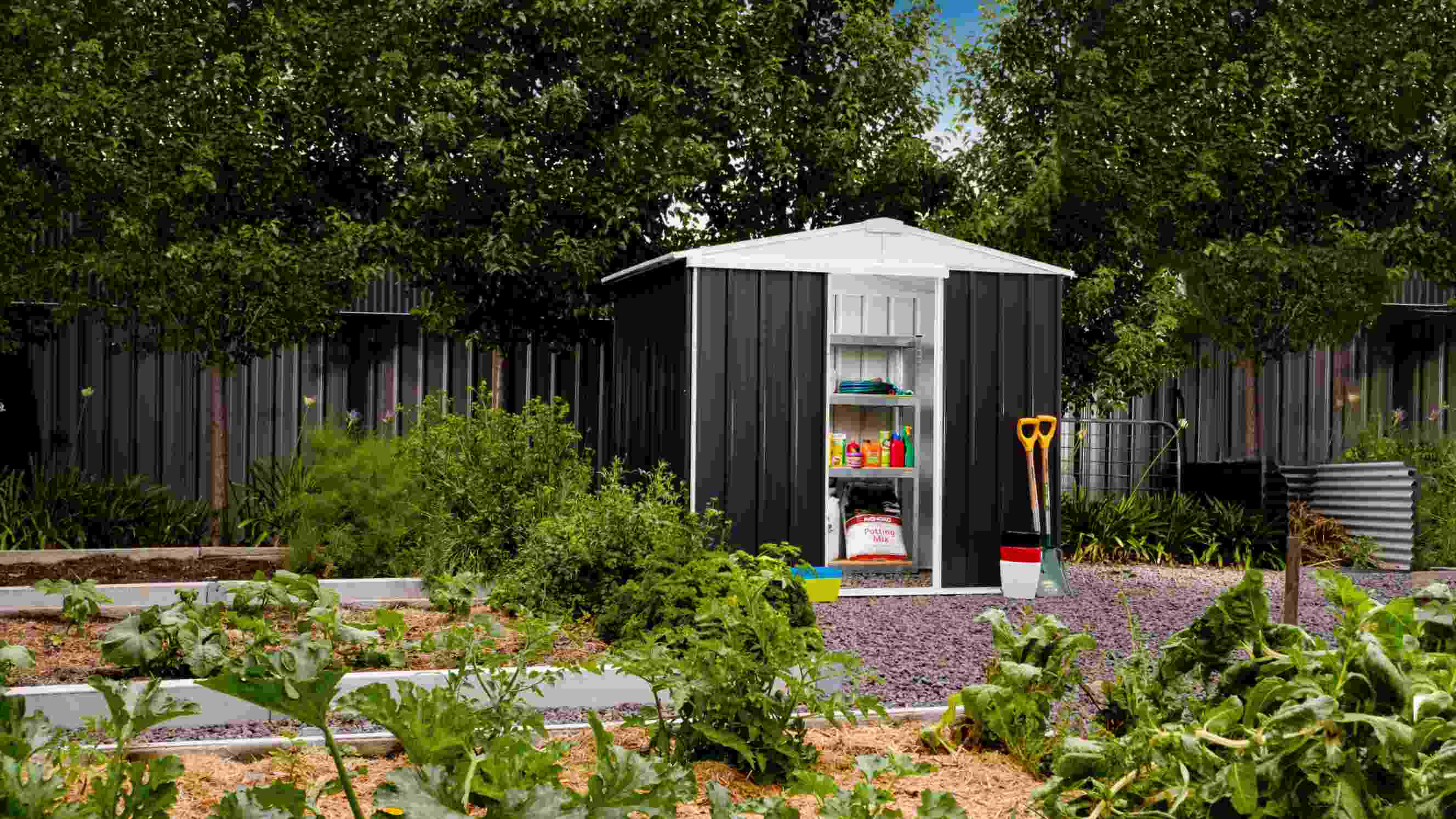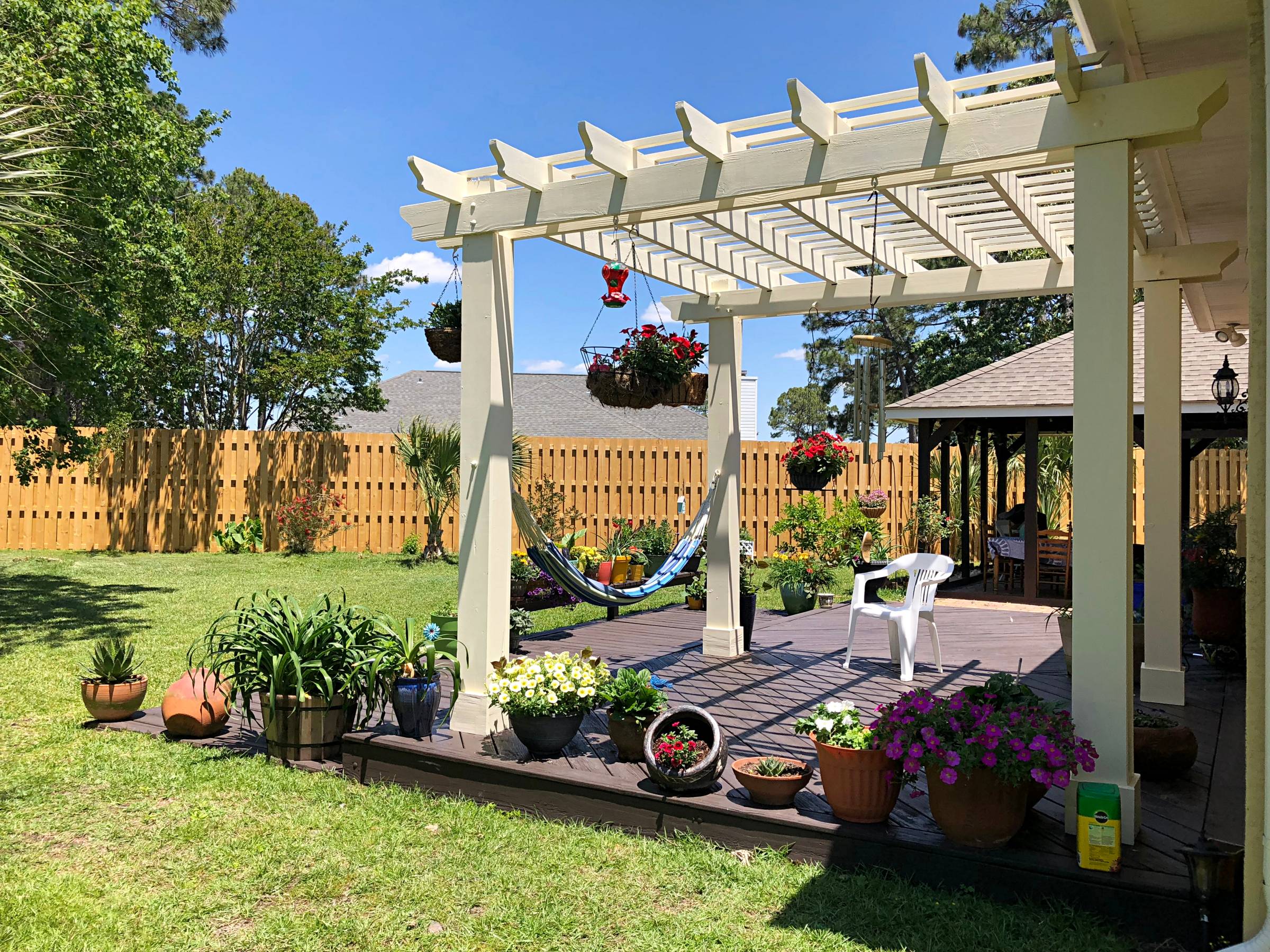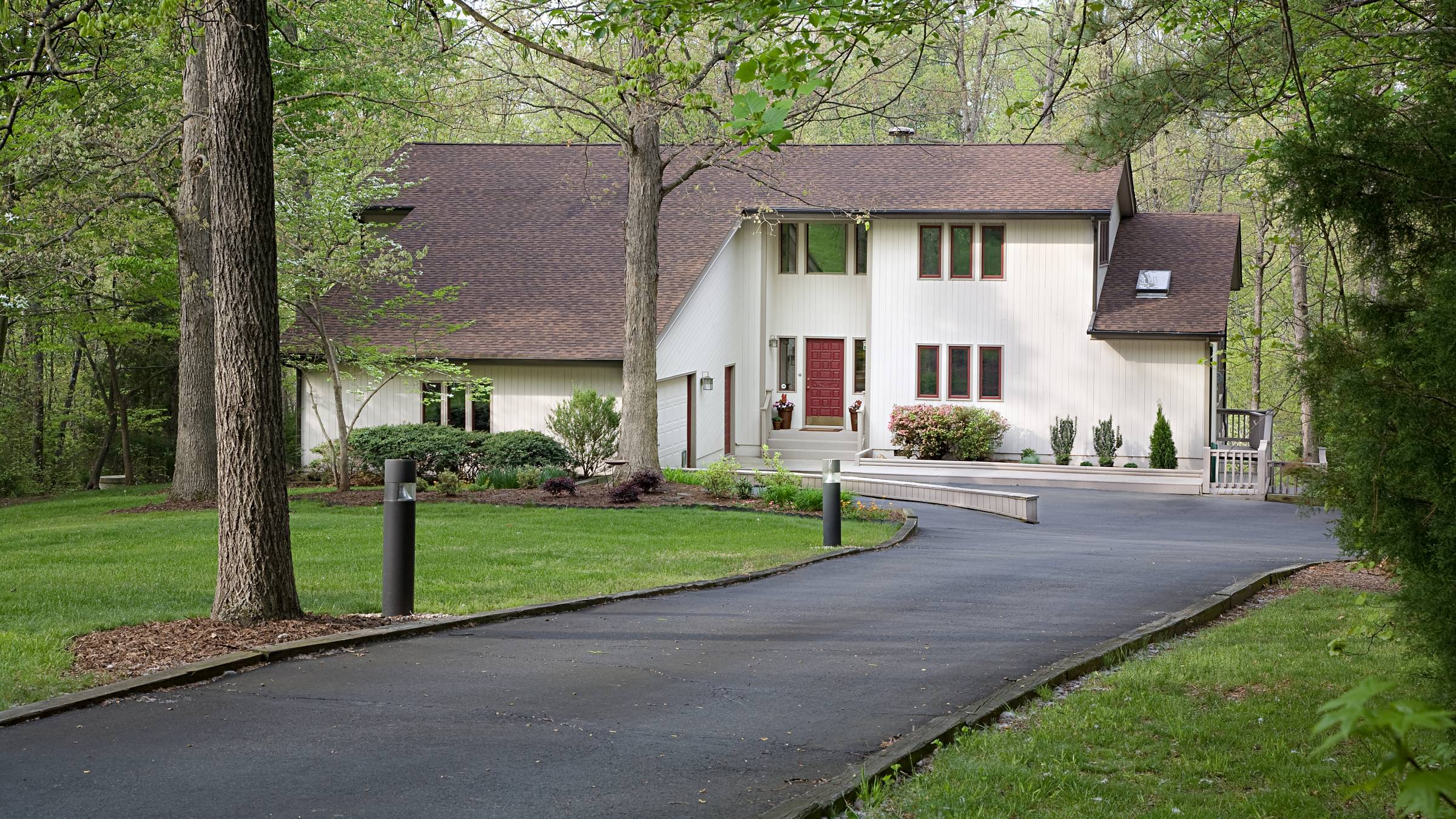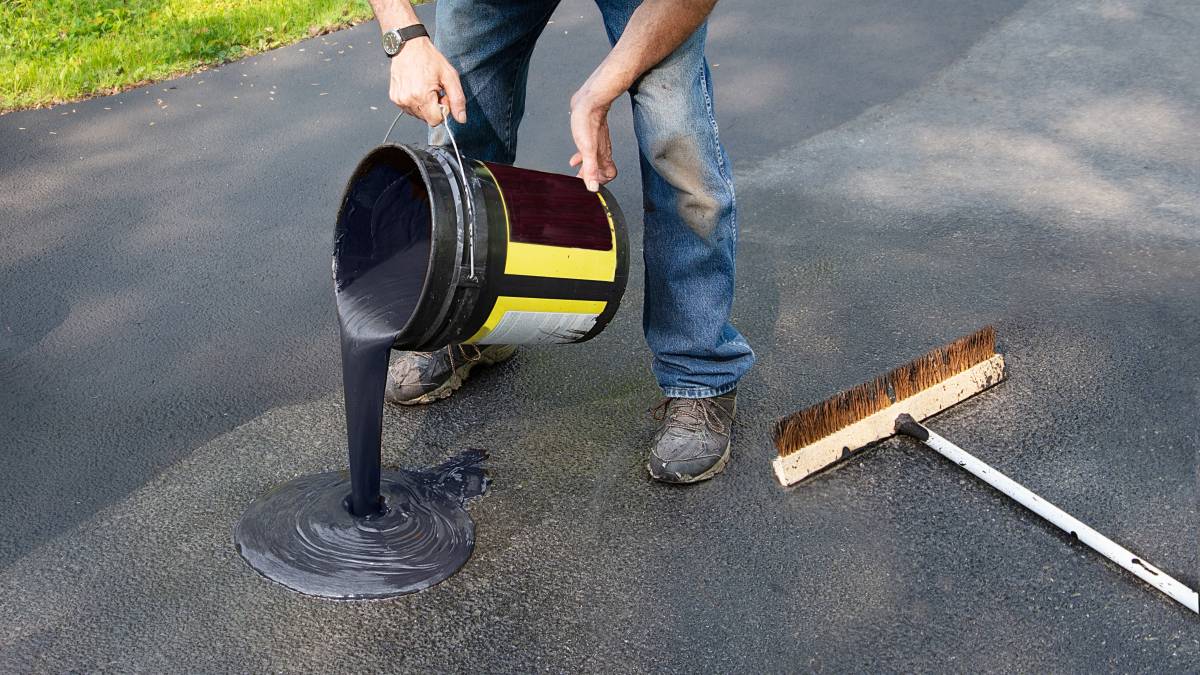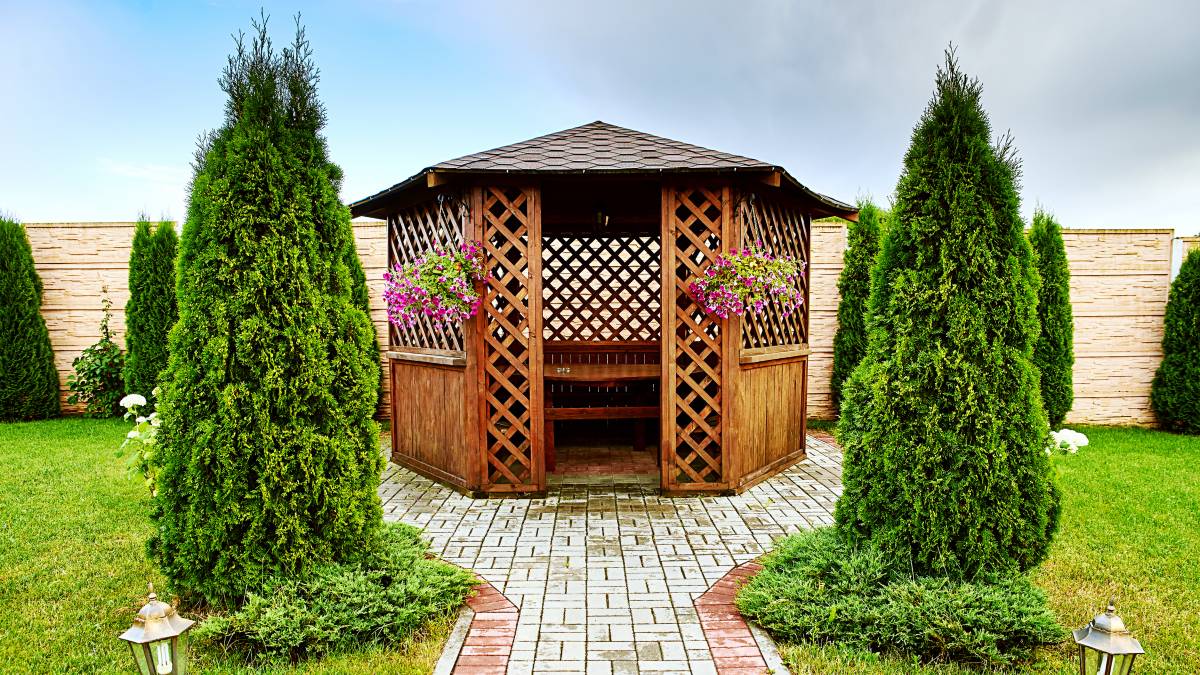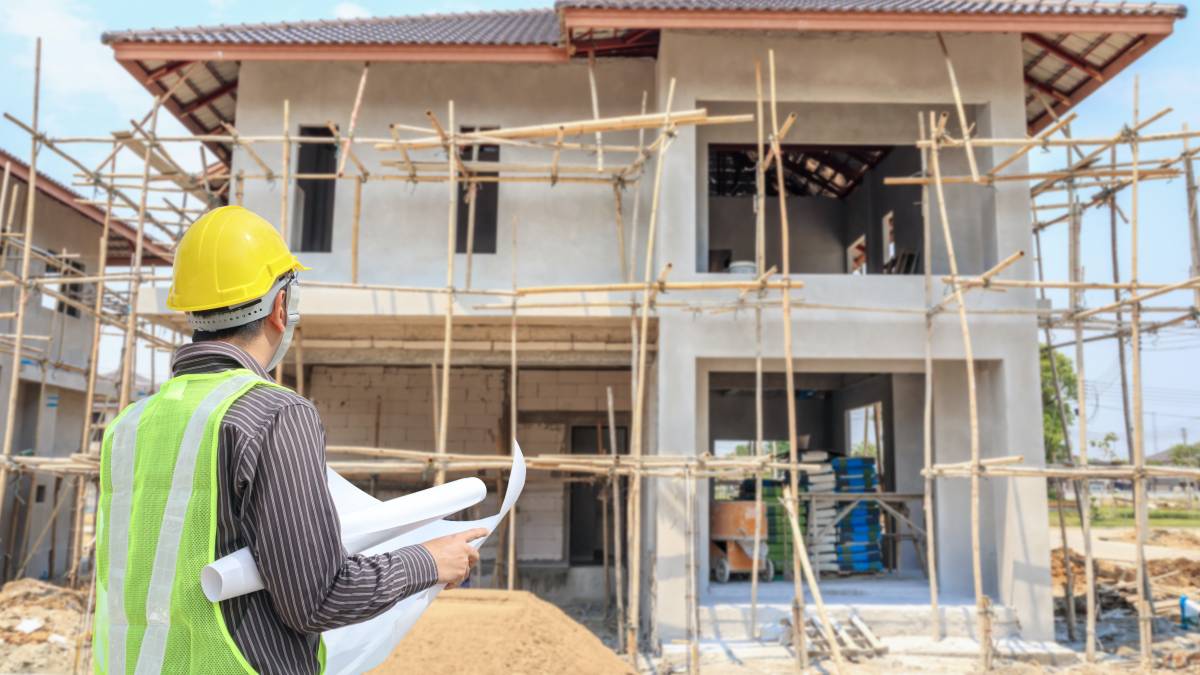- Home/
- Comparisons/
- Shed Installation/
- Timber Frame Shed vs Steel Shed
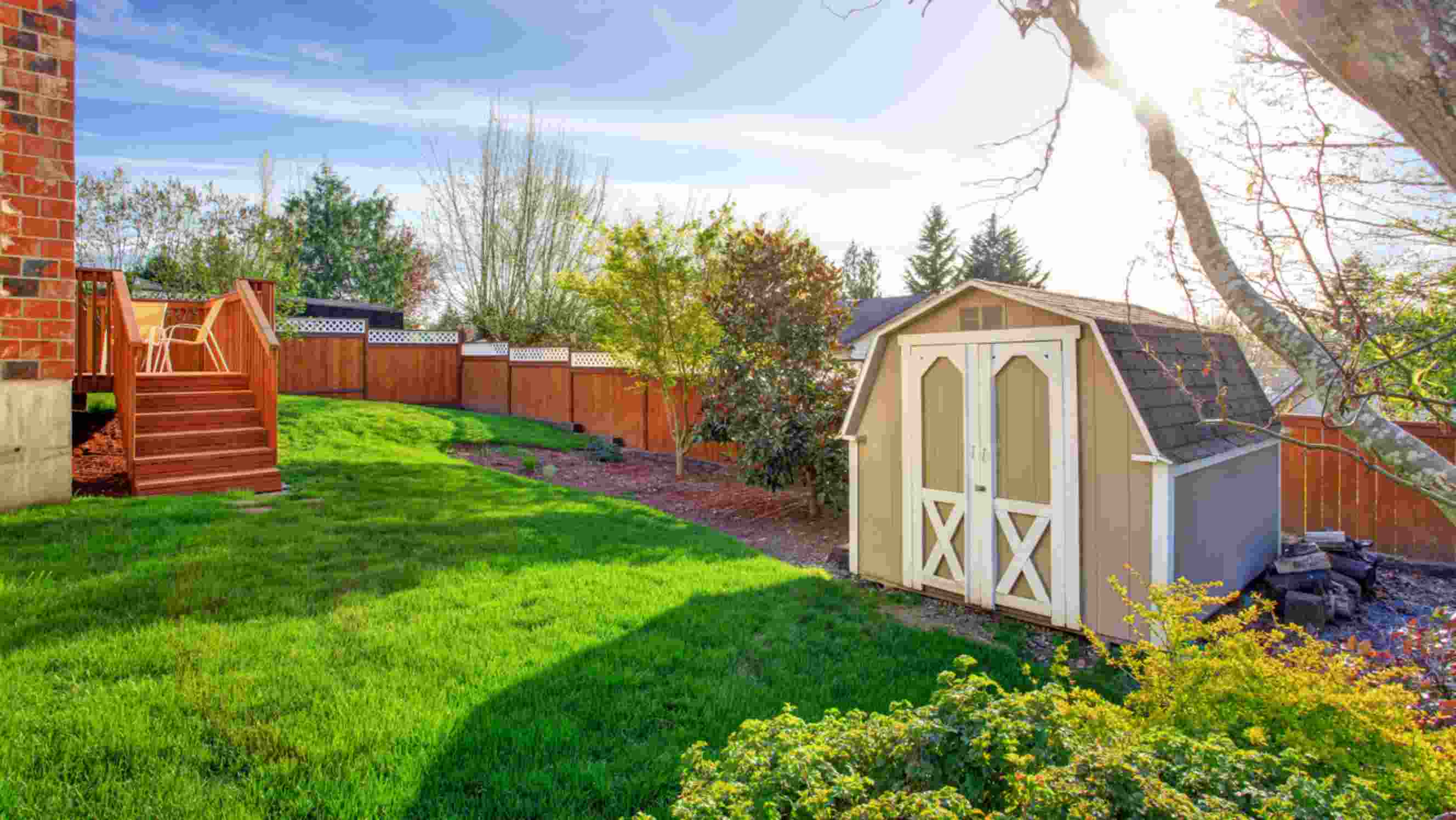
Timber frame shed vs steel shed: How do they compare?
Comparing timber and steel frame for sheds based on durability, insulation, cost, and more.
Hire a shed installerLast Updated on
Key Facts
A timber frame shed is a type of shed made from wood, offering natural insulation and versatility in design.
A steel shed is a type of shed often made from galvanised steel that is known for its strength, weather resistance, and ease of construction.
Perhaps you’re planning to install a shed, but are unsure whether to go with a steel frame vs timber frame? The decision may seem straightforward, but it has a lasting impact on how your shed looks and performs over time. Your choice affects the shed’s durability, maintenance, and overall cost.
In this guide, we’ll compare these two popular options and give you the clarity you need to make the right choice. Whether you’re aiming for a modern look or long-lasting durability, we’ll help you find the perfect fit for your yard.
What is a timber frame shed?
 Timber frame sheds offer a rustic and natural appeal to any garden (Source: iStock)
Timber frame sheds offer a rustic and natural appeal to any garden (Source: iStock)
A timber frame shed is a structure primarily built from wood, often using timber framing and rough-sawn timber poles. These sheds offer versatility, which allows for customisations like adding shelves, windows, or lofts.
When comparing metal and wood shed materials, though, wood or timber sheds are more valued for their natural insulation, soundproofing, and resistance to rust. They’re commonly used for agricultural, workshop, and lifestyle purposes. Timber sheds can also withstand weather conditions while providing a sturdy, durable space for various needs.
What is a steel shed?
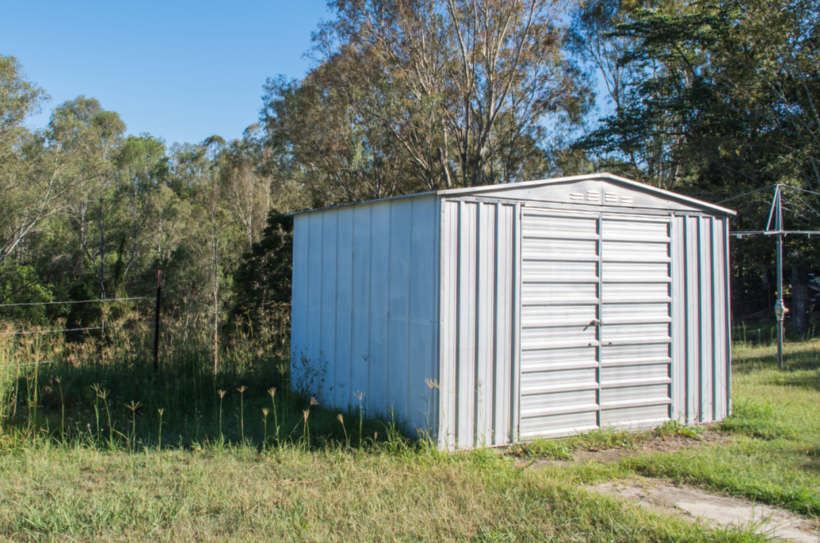 A sturdy steel shed, standing strong and well-kept. (Source: iStock)
A sturdy steel shed, standing strong and well-kept. (Source: iStock)
A steel shed is a structure made from rolled or structural steel frames, often galvanised for added corrosion resistance. Steel sheds are known for their durability, weather resistance, and pest-proof qualities. They’re popular for industrial or residential storage.
If you want to build a shed that lasts, steel is an excellent choice due to its durability. Its strength even offers the advantage of spanning larger distances without additional support. Steel is also non-combustible, which is a major advantage for those deciding to get barns over sheds in fire-prone areas. Another advantage is their lightweight property, which makes them easier to construct and maintain.
Steel frame vs timber frame for sheds: Which one should you choose?
When deciding on the frame to use for your shed, it’s important to look at several key factors to see which one suits your needs best. Both are popular types of sheds, but they offer distinct benefits depending on what you’re using them for. In this comparison, we’ll examine durability and how each material performs in different weather conditions.
In terms of durability
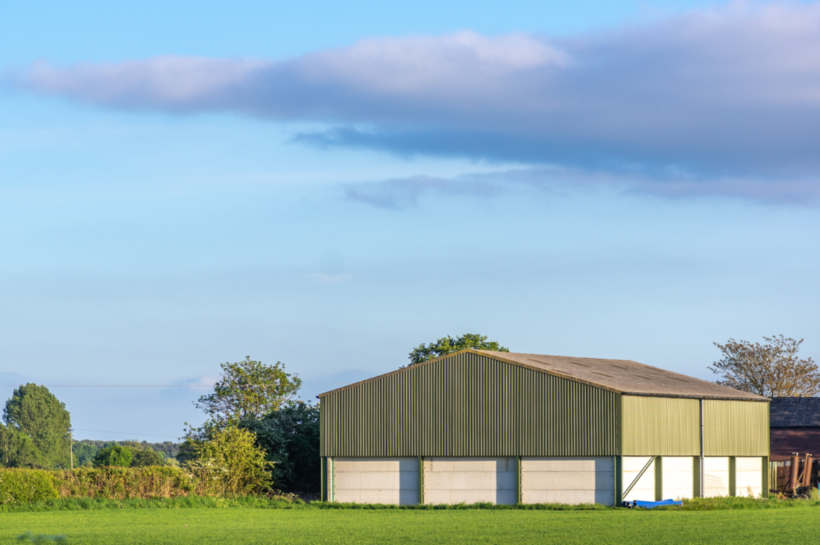 A sturdy shed in the countryside. (Source: iStock)
A sturdy shed in the countryside. (Source: iStock)
Steel frames offer excellent durability, as steel buildings are naturally resistant to rust and termites.
Galvanised steel, in particular, offers protection from rust. However, it’s important to maintain it to prevent corrosion, especially when you’re building your shed in humid or coastal areas.
If you’re seeking even stronger shed frames that will last longer, steel sheds enhanced for better durability are a great option.
Timber frames are naturally durable when properly treated, as timber helps resist rot, moisture, and pests. However, untreated wood can decay in harsh weather conditions, so protection is necessary.
Timber frames also hold up well against physical impacts. This makes them suitable for areas where building a sturdy shed foundation is important, especially when heavy equipment is involved.
In terms of insulation
Timber naturally provides better insulation to sheds, which makes it effective at maintaining a stable temperature inside. This is ideal for workshops or other spaces where warmth is needed. Also, timber absorbs sound, so it’s quieter inside, especially during bad weather or when working with noisy tools.
Steel is a poor insulator, so steel-framed sheds often get very hot in the summer and cold in the winter. You’ll need additional insulation to maintain a comfortable temperature. Steel also amplifies noise, making it much louder during rain or hailstorms compared to a timber-framed shed.
In terms of resistance to rust and termites
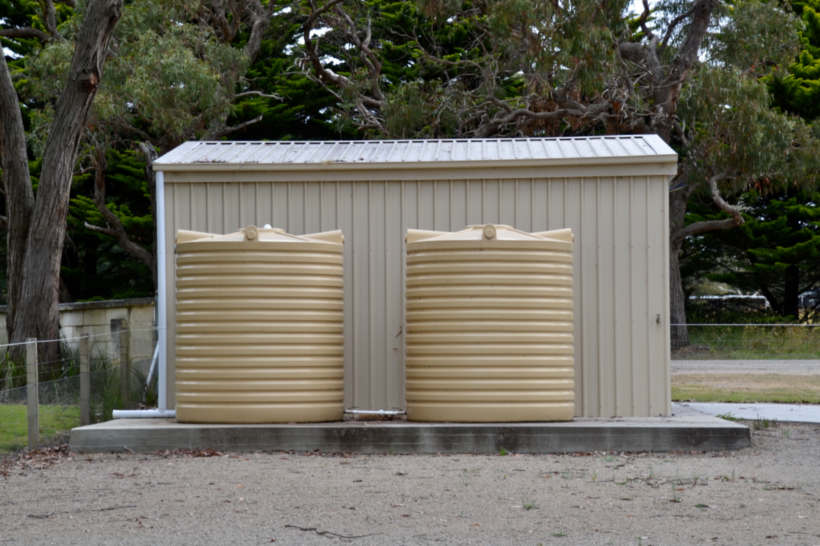 A durable, rust and termite-resistant metal shed. (Source: iStock)
A durable, rust and termite-resistant metal shed. (Source: iStock)
Timber frames can be vulnerable to termites, which can cause severe damage if untreated. You’ll need to apply termite-resistant treatments and perform regular inspections to maintain the structure. But in terms of rust resistance, timber frames are mostly better than steel, making them ideal for areas with high moisture.
If you prefer steel frames, you won’t need to worry about pest damage. However, steel is prone to rust, particularly in coastal or humid environments.
One way to prevent this is to opt for galvanised steel, but weak spots like screws or scratches can still rust eventually, so they’ll still require extra care.
Another solution is to look for trusted shed manufacturers that use high-tensile steel that meets industry standards. This high-tensile rating ensures that their steel sheds won’t rust under normal conditions.
In terms of the aesthetics
Timber frames offer a natural, rustic charm that complements modern garden ideas centred around warmth and character. You can either paint or stain timber, so homeowners can easily match their timber garden sheds to their home or outdoor furniture assembly. These sheds also lend a cosy, inviting feel to a space.
Steel frames bring a sleek, industrial vibe. While practical, steel garden sheds are more limited in customisation and are often chosen for their durability rather than looks. Though you can paint a steel shed, the overall design remains minimalistic, which makes it harder to incorporate personal touches like windows or decorative accents.
In terms of maintenance
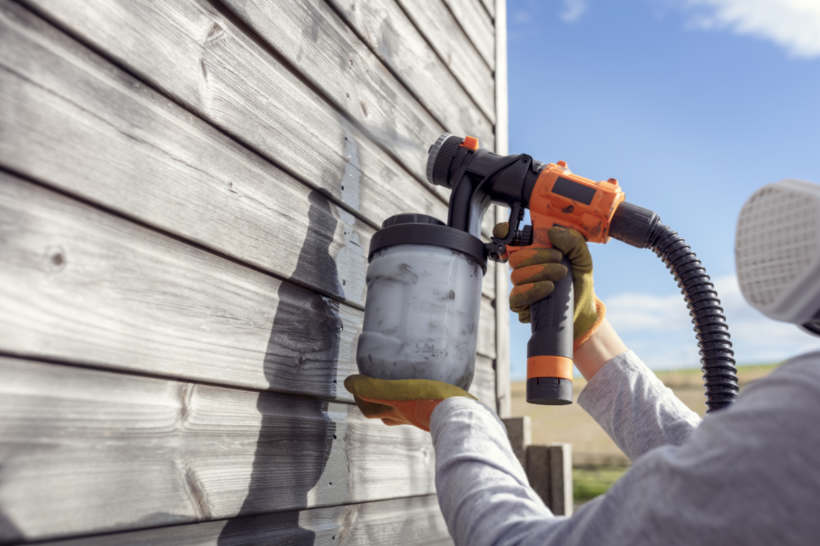 Maintaining a shed with a fresh coat of paint. (Source: iStock)
Maintaining a shed with a fresh coat of paint. (Source: iStock)
Timber frames need regular maintenance, which includes inspections for pests like termites and applying weatherproof coatings to protect against rot and warping. Repainting or staining is often necessary to maintain the natural wood aesthetic. Untreated timber may suffer from shrinkage or warping if exposed to moisture over time.
Steel frames require less maintenance. They don’t require painting or staining as frequently and are immune to termites and other pests, which cuts down the need for pest control. However, rust prevention is important, especially at vulnerable points like screws and scratches in the protective coating.
Cleaning a steel shed is also pretty straightforward. Just wipe-down or wash can keep it in good condition, which makes it a simpler option for low-maintenance garden sheds.
In terms of cost
Timber frames typically have higher material costs, which range from £1,600 to £2,400 per square metre. They’re easier to construct, so if you’re planning to install a garden shed or any other type, you’d spend less on specialised labour. However, timber sheds require ongoing maintenance, such as termite treatments and weatherproofing, which can add to the overall expense over time.
Steel frames, on the other hand, have lower material and construction costs. They range from £250 to £700 per square metre in the UK. They’re also much more cost-effective due to minimal maintenance needs.
Find expert timber or steel shed installers on Airtasker
Deciding between a timber frame shed and a steel shed can feel overwhelming, but it all comes down to your preferences. Whichever frame option you choose, ensuring it’s properly installed should remain your top priority.
Let the experts handle the installation for professional and hassle-free results. Head to Airtasker to find skilled workers for your shed installation. Post a task today and connect with professionals who can professionally get your shed up and ready in no time!
Timber Frame Shed vs Steel Shed
|
Timber Frame Shed |
Steel Frame Shed |
|
|---|---|---|
|
Durability |
Durable but vulnerable to rot if untreated |
Extremely durable and weather-resistant, especially if galvanised |
|
Insulation |
Naturally provides good insulation |
Poor insulation; can become hot in summer and cold in winter without extra layers |
Resistance to Rust and Termites |
Resistant to rust but prone to termite damage without treatment |
Immune to termites but can rust, especially in humid or coastal areas |
|
Aesthetics |
Offers a natural, rustic look that can be easily customised |
Modern and industrial look, with limited customisation options |
|
Maintenance |
Requires regular maintenance, like staining and termite treatment |
Low maintenance, but needs occasional checks for rust, especially at weak spots |
|
Cost |
Higher upfront costs and ongoing maintenance add to long-term expenses |
Lower cost and more cost-effective in the long run due to minimal maintenance |
FAQs on timber frame sheds and steel sheds
Common framing timbers include treated pine or softwoods, and laminated veneer lumber (LVL) is used for larger spans or more demanding conditions.
Yes, steel sheds require a foundation to ensure stability and prevent moisture ingress, especially in windy or storm-prone areas.
Yes, metal sheds can get damp due to condensation, but proper insulation, ventilation, and waterproofing can help reduce moisture buildup.
Find shed installers, fast
Post a task
Related articles
Related price pages
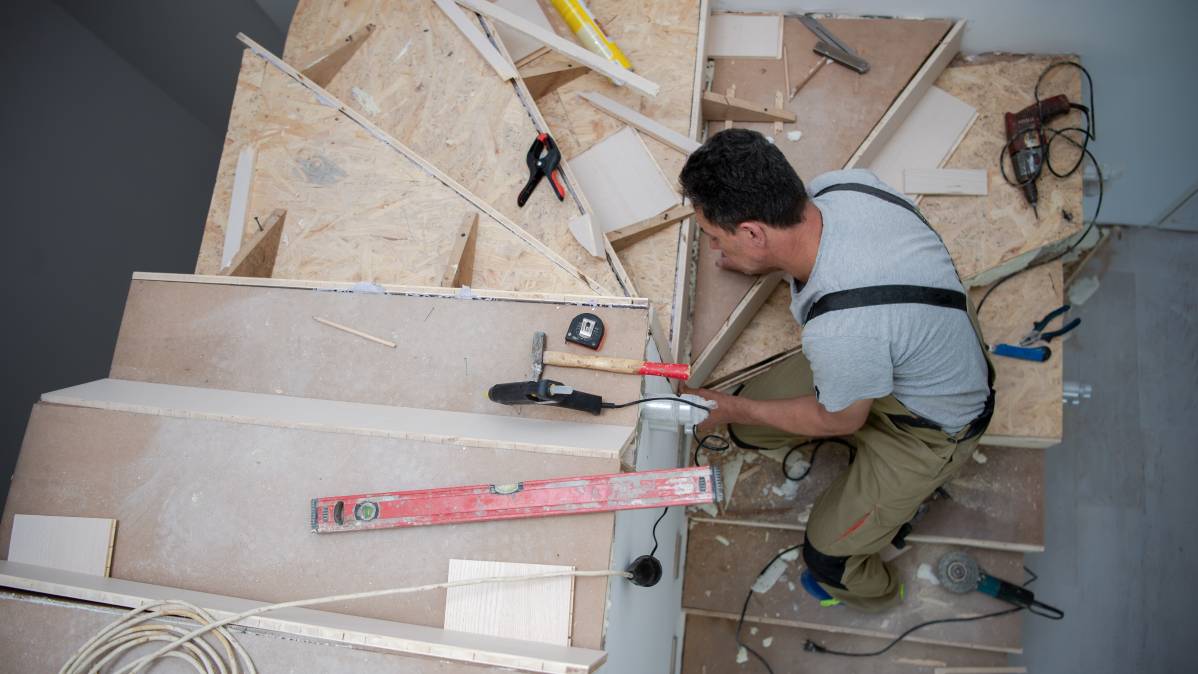
How much does a new staircase cost?
Read more
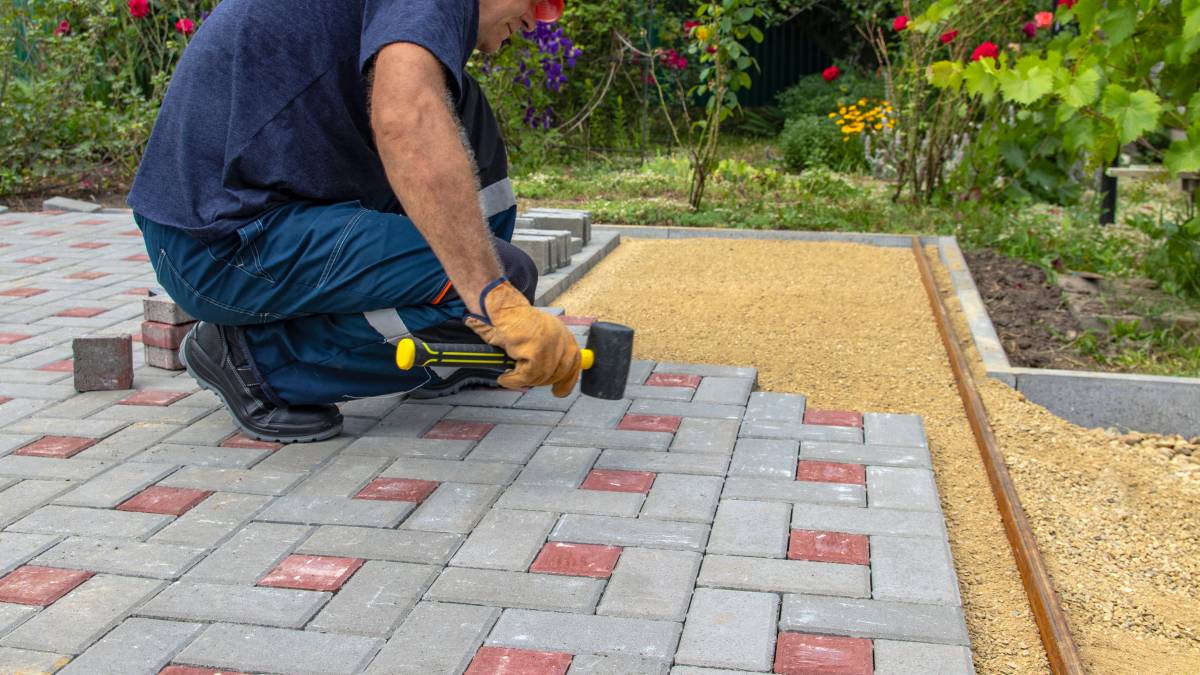
How much do new patios cost?
Read more
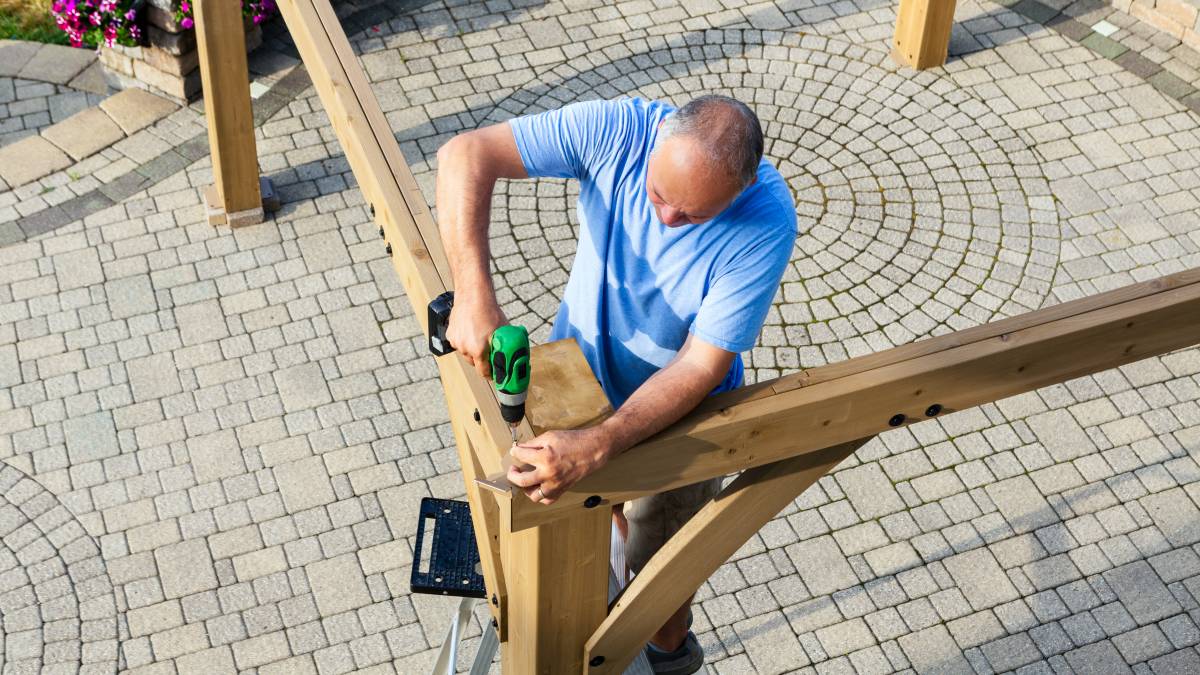
How much does a pergola cost?
Read more
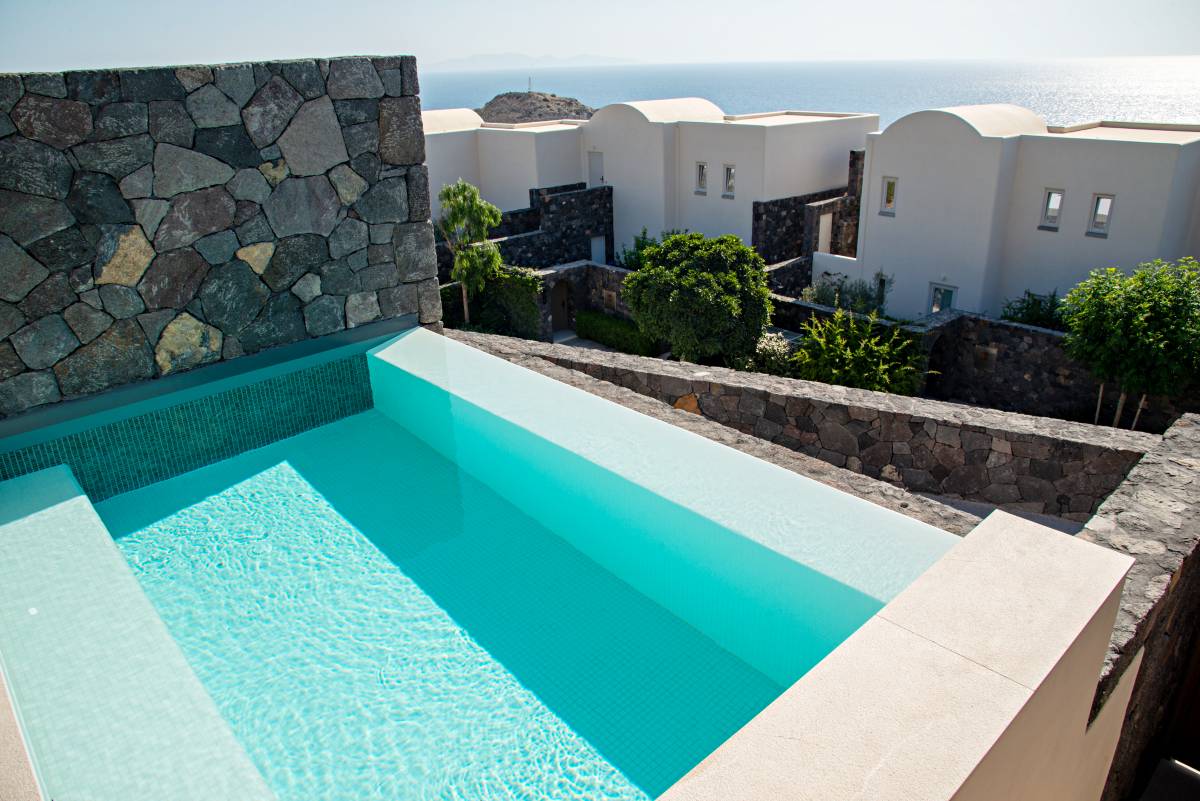
How much does a plunge pool cost?
Read more
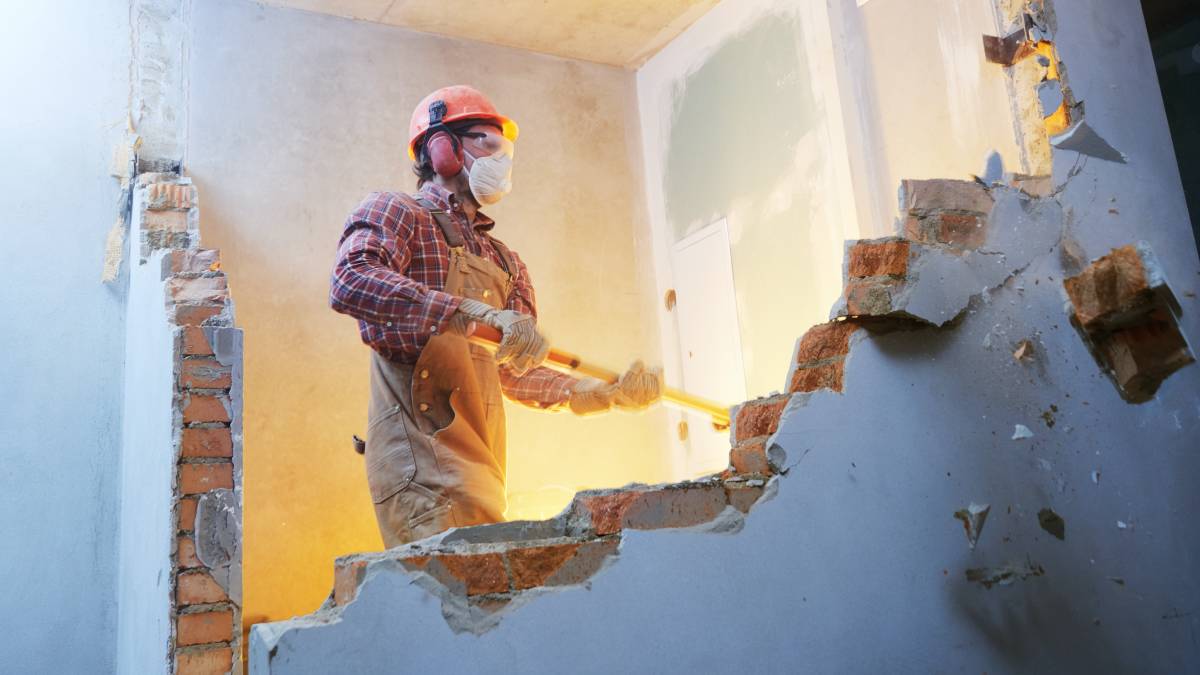
How much does demolition cost?
Read more
